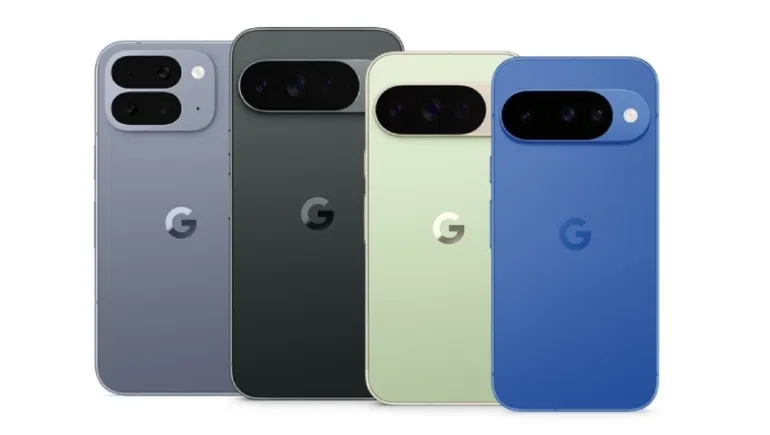
Google’s Pixel lineup has always been a talking point in the smartphone world, blending premium hardware with industry-leading software experiences. With the arrival of the Pixel 10 Pro, the excitement is at its peak. But for most buyers, one big question comes first: What will the Pixel 10 Pro cost?
The pricing of a flagship phone doesn’t just reflect its hardware; it also signals the brand’s ambitions and the market competition it’s ready to face. Let’s explore what the Pixel 10 Pro pricing means for consumers and whether it justifies the hype.
To understand where the Pixel 10 Pro pricing might land, we need to look back at earlier models.
If history is a guide, Google is gradually shifting the Pixel Pro series from being the “affordable flagship” to a true luxury contender.
Industry reports suggest that the Pixel 10 Pro will likely continue this upward trend. While exact numbers vary by region, early leaks and expert analysis point to:
For comparison, these numbers put the Pixel 10 Pro directly in the same bracket as the iPhone 16 Pro Max and Samsung Galaxy S25 Ultra.
A higher price tag often raises skepticism. But the Pixel 10 Pro brings several upgrades that aim to justify the cost.
The next-generation chipset is expected to boost AI processing, gaming performance, and energy efficiency.
Google has already set the bar with computational photography. The Pixel 10 Pro is rumored to feature improved telephoto zoom, upgraded low-light performance, and real-time AI editing tools.
A 2K AMOLED display with 120Hz refresh rate is on the cards, ensuring smooth visuals and vibrant colors.
Bigger battery capacity with faster wired and wireless charging addresses a common Pixel complaint.
For Pixel fans, these upgrades mean one thing—the Pixel 10 Pro isn’t just a phone; it’s a showcase of Google’s AI-first vision.
At nearly the same price as an iPhone or Galaxy flagship, why would someone choose a Pixel?
In short, the Pixel 10 Pro’s pricing reflects its positioning as a premium alternative with unique advantages that Apple and Samsung simply don’t offer.
Of course, not everything is rosy. Some buyers may find the Pixel 10 Pro pricing to be out of reach, especially in countries where import duties inflate costs.
Additionally, Google’s limited official availability in South Asia means buyers rely on third-party sellers, often paying a higher premium compared to U.S. or European markets.
For many, the question isn’t “Is the Pixel 10 Pro good?”—it’s “Is it good enough to justify that price in BD?”
The Pixel 10 Pro isn’t for everyone. It’s tailored to:
For entry-level or budget-conscious buyers, the Pixel 10 Pro may not be the best choice, but for those chasing innovation and prestige, it’s worth the investment.
The Pixel 10 Pro pricing places it firmly in the premium category. While some may hesitate at the higher cost, the combination of AI-driven software, advanced cameras, and flagship performance makes it a strong contender for anyone seeking the best Android experience.
For buyers, the challenge will be balancing import costs against the phone’s true value. But for die-hard fans, the Pixel 10 Pro represents more than a smartphone—it’s a statement of Google’s future vision.
If you’re after a device that blends AI innovation, photography brilliance, and software purity, the Pixel 10 Pro may very well be worth its price.












Comments
There are no comments for this Article.